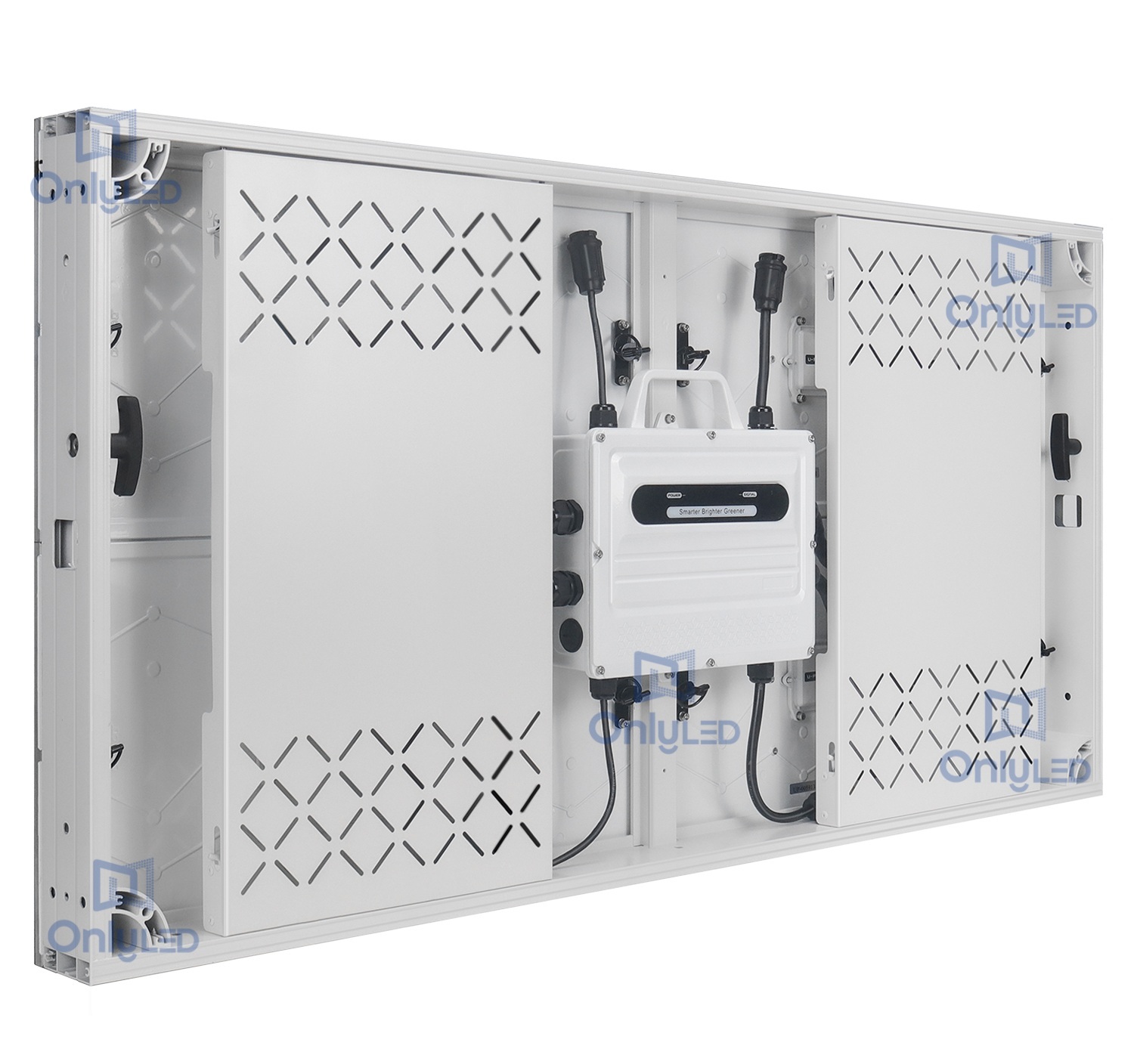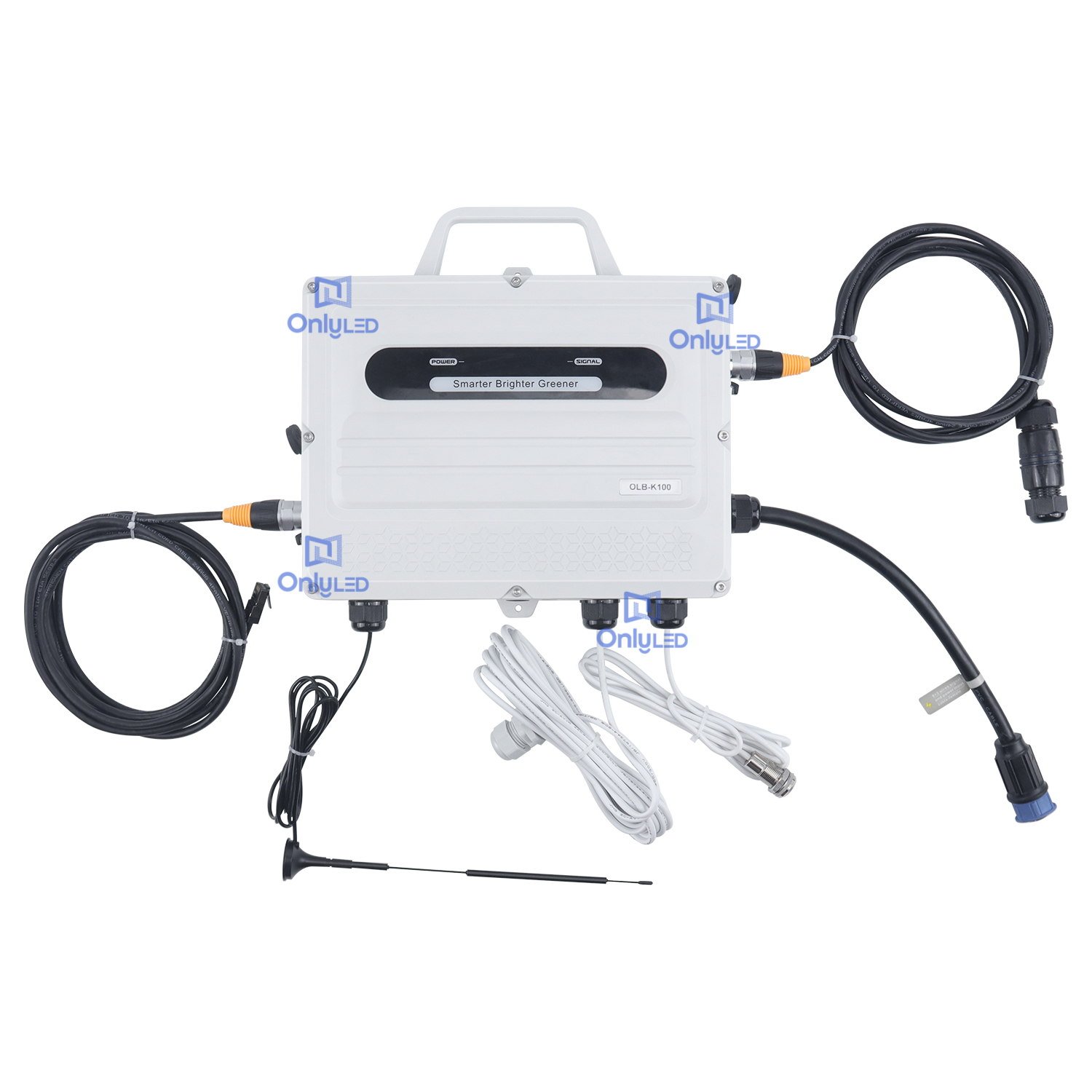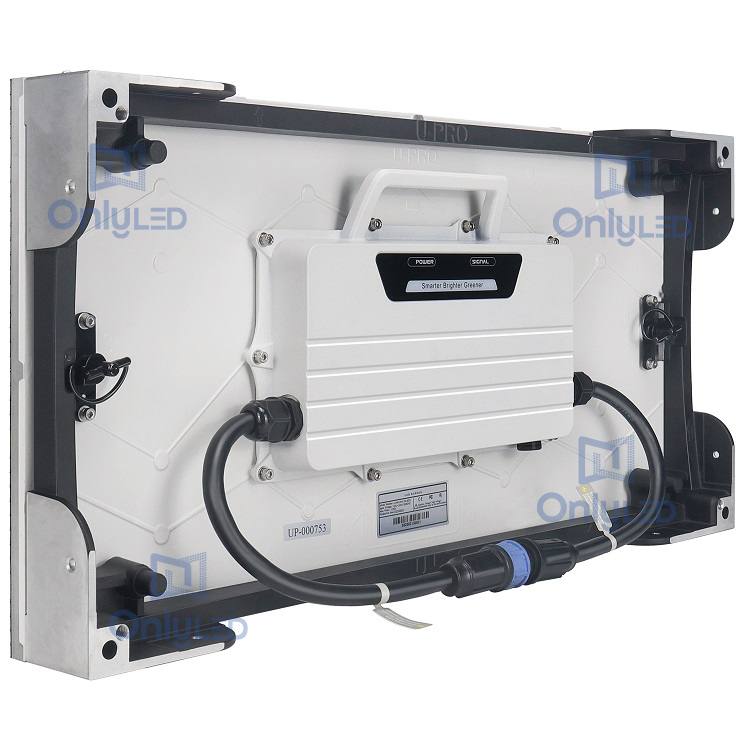Industry News
Exploring the Underlying Factors Influencing the Size and Ratio Choices

The all-in-one screen is a versatile technological wonder that has revolutionized the way we consume media and interact with digital content. An important aspect of this innovation lies in the careful consideration of its size and aspect ratio selection. In this article, we will delve into the various factors that contribute to the decision-making process behind the size and ratio of all-in-one screens.
1. Determining Optimal Size for Enhanced User Experience
One of the primary considerations when selecting the size for an all-in-one screen is the intended user experience. Factors such as viewing distance, content type, and the environment in which the screen will be used play vital roles in determining the optimal size.
For instance, a large screen size works best for applications that prioritize immersive experiences, such as gaming or media consumption. Conversely, a smaller screen is more suitable for compact spaces or applications that require portability.
Additionally, the viewing distance is crucial in deciding the size. For screens meant for close-proximity usage, such as desktop monitors, a moderate size that doesn't strain the eyes is preferred. On the other hand, large screens are suitable for environments where users primarily interact with content from a distance, like in conference rooms or public display settings.
2. The Art of Aspect Ratio Selection
The aspect ratio of an all-in-one screen plays a significant role in shaping the user experience and content consumption. It determines the width and height proportions of the display, influencing how the content is displayed and perceived.
Common aspect ratios include 16:9, 21:9, and 4:3, each with its own advantages and suitability for different applications.
The 16:9 aspect ratio, popularized by high-definition televisions, is widely used in all-in-one screens. It provides a balanced viewing experience for a variety of content types, including movies, websites, and productivity applications.
On the other hand, the ultra-wide 21:9 aspect ratio is gaining prominence for its immersive qualities and ability to display more content information horizontally. This aspect ratio is particularly favored by professionals in fields like video editing, graphic design, and multitasking intensive work.
Lastly, the traditional 4:3 aspect ratio, though less common in modern all-in-one screens, still finds its place in specific use cases that require a squarer display. It can be useful for certain design software, POS systems, and other specialized applications.
3. Balancing Aesthetics and Practicality
When selecting the size and ratio of an all-in-one screen, achieving a balance between aesthetics and practicality is crucial. Manufacturers strive to create visually appealing products while ensuring optimal usability.
For example, bezel size plays a role in the overall visual appeal of the all-in-one screen. Slim bezels provide a modern and sleek look, making the screen visually appealing. However, larger bezels can enhance durability and protect the display from accidental damage.
Moreover, the physical dimensions of the screen need to be proportional to its size and aspect ratio to ensure practicality. The thickness, weight, and mounting options must be carefully considered to enable easy installation, transportation, and the overall user experience.
Conclusion
Understanding the size and ratio selection of all-in-one screens goes beyond mere aesthetics. It involves a thoughtful analysis of user experience preferences, content type, viewing distance, and practical considerations. By finding the perfect balance between these factors, manufacturers can create all-in-one screens that cater to a wide range of needs and deliver an immersive and engaging visual experience.




